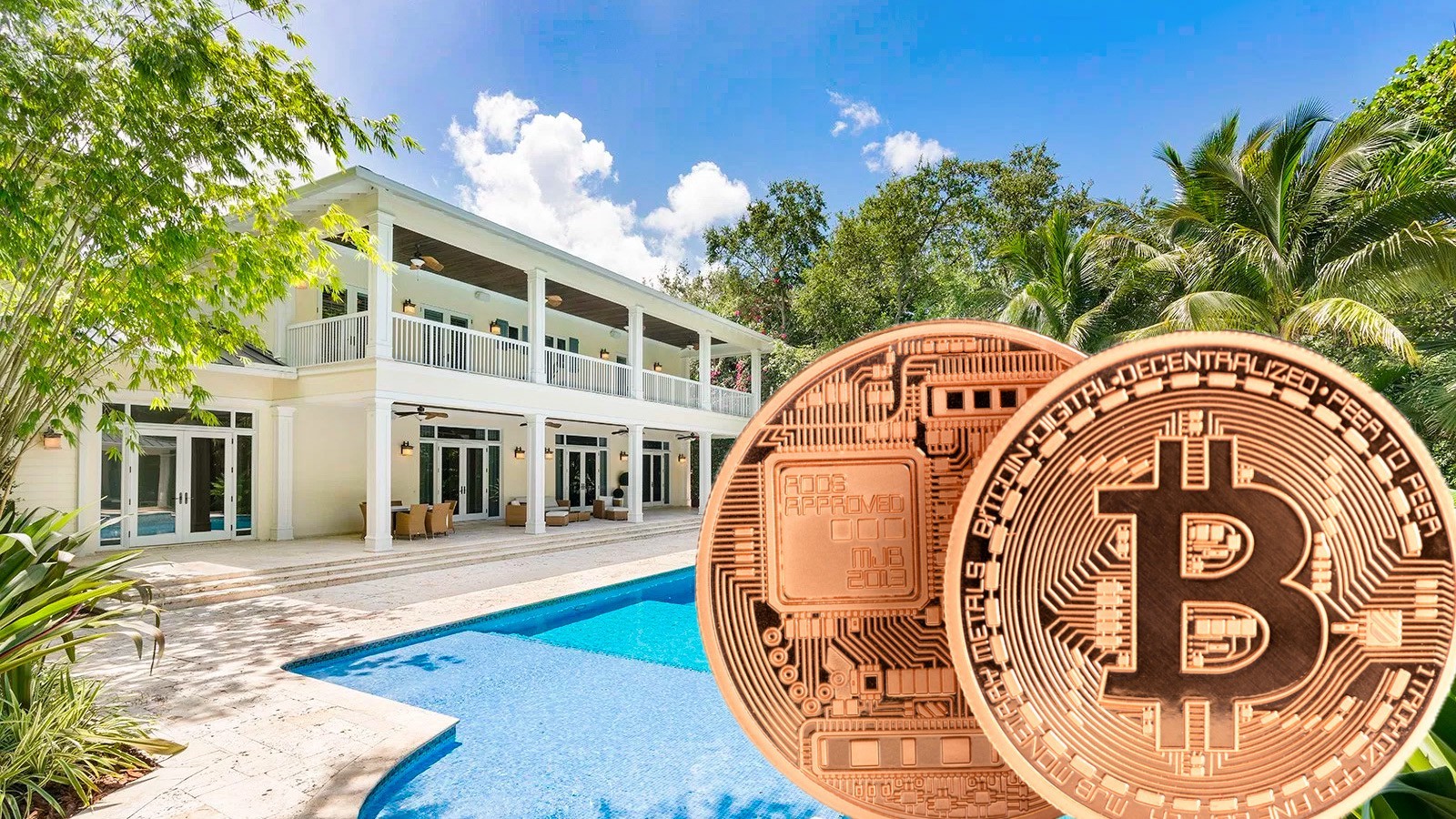
Energy efficiency is a popular topic around the world, especially when being discussed in relation to transportation and construction. The fact is, every time a new vehicle is produced or a new building is constructed, the total amount of energy usage in the world goes up. However, if engineers and designers are able to make the new products more energy-efficient than the ones they are replacing, then over time, energy consumption can realistically be reduced significantly. The main reason that many people oppose using "green" sources of power, like solar or wind, is that the types of equipment needed to produce and store renewable energy have very high initial costs when compared with non-renewable resources like gasoline and coal. Over time, the costs tend to be offset by lower electricity costs, but it can be difficult for a new homeowner to come up with an extra $10,000 or more to put up solar panels.
A law passed in California will make it so that new homeowners will no longer really have a choice on the matter. Surprisingly, the unanimous approval of the bill by the California Energy Commission was preceded by very little debate, which just goes to show how much of a priority clean energy is for Sacramento lawmakers. The new law now requires that, by 2030, over half of the energy used in the state will have to come from renewable resources (i.e. non-carbon fuels). Additionally, the electricity pricing scale in California is getting restructured over the next year. The new pricing is expected to adjust the rates based on what time of day electricity is being used. So, more energy-efficient homes (especially those with the capability of storing power) will be able to save money.
Even though California is already the country's leading state in terms of renewable energy sources like solar panels, solar power only provides about 16% of the state's total energy (significantly less than the future 50% requirement). In order to meet the expectations, builders/designers have two ways to incorporate solar power: they could design all new homes with solar panels on the roof, or they could design neighborhoods with a central hub of solar panels that can be used to supply power to all homes in the surrounding community. Analysts expect that the addition of solar panels to new construction houses will raise the price by at least $8,000. Although the electricity cost savings over years of solar panel usage will outweigh the extra cost over time, some homeowners might instead choose to "lease" the panels, by which they pay a monthly rate to use the solar panels instead of buying the panels outright.
There are other sources of green energy that don't involve solar panels, but many of them require a very large investment in local infrastructure. Generally, wind energy and nuclear power are difficult to collect on an individual basis. It's not like designers could realistically put up a wind turbine in every backyard. So, although the panels are costly and the technology still needs time to advance, solar energy seems to be the only way of accomplishing the legally-mandated goal by 2030 without having a private company take over the electricity grid. It's hard to tell what options will be cheaper in the long run, but for now, solar seems to be the safest bet.
***************************************************************************************************
Find out more about us at www.sepulvedaescrow.net. Any Questions? Contact our Escrow Expert! Sepulveda Escrow Corporation (818) 838-1831. Follow our company on Facebook, Twitter, LinkedIn, and Google+.
Find out more about us at www.sepulvedaescrow.net. Any Questions? Contact our Escrow Expert! Sepulveda Escrow Corporation (818) 838-1831. Follow our company on Facebook, Twitter, LinkedIn, and Google+.
**************************************************************************************************


